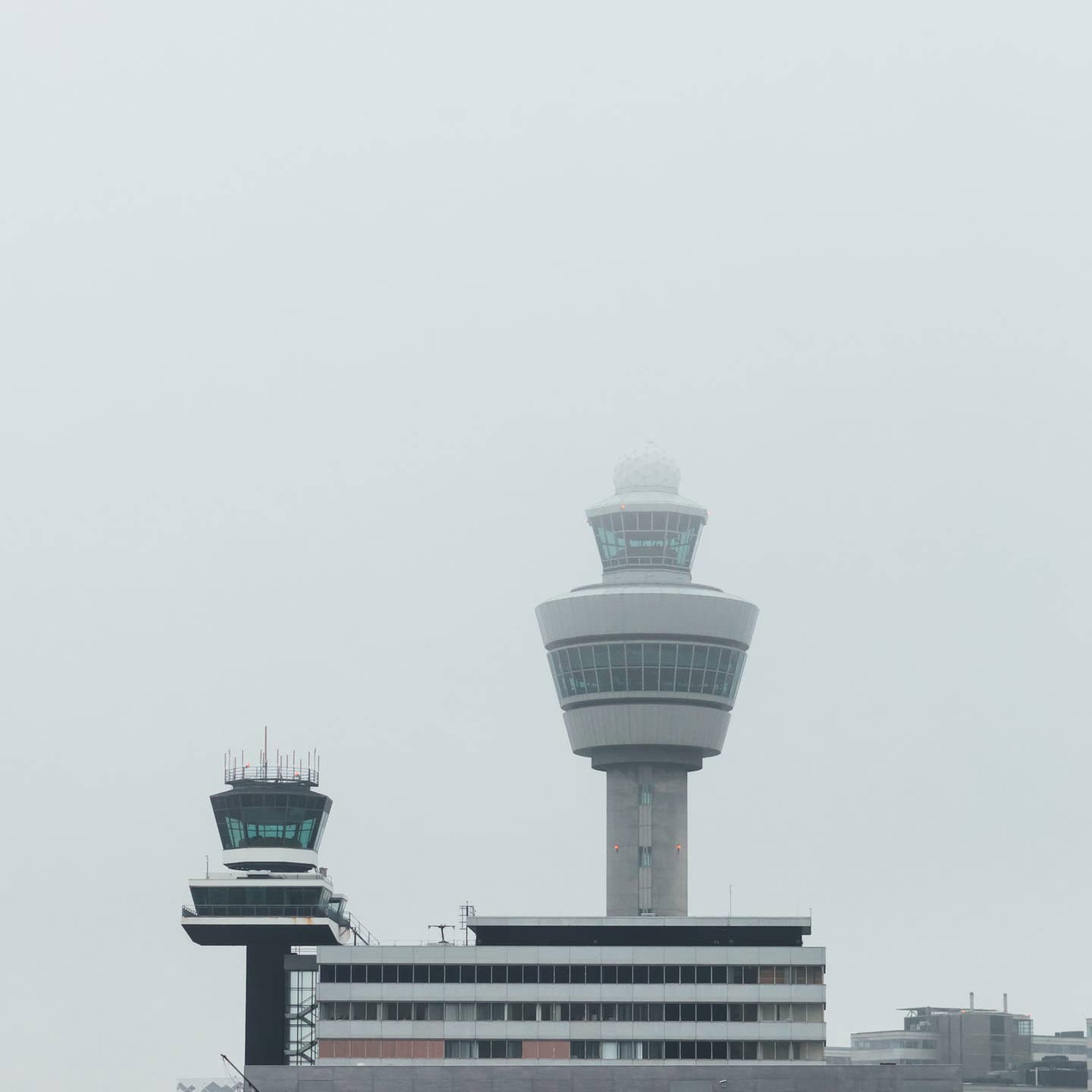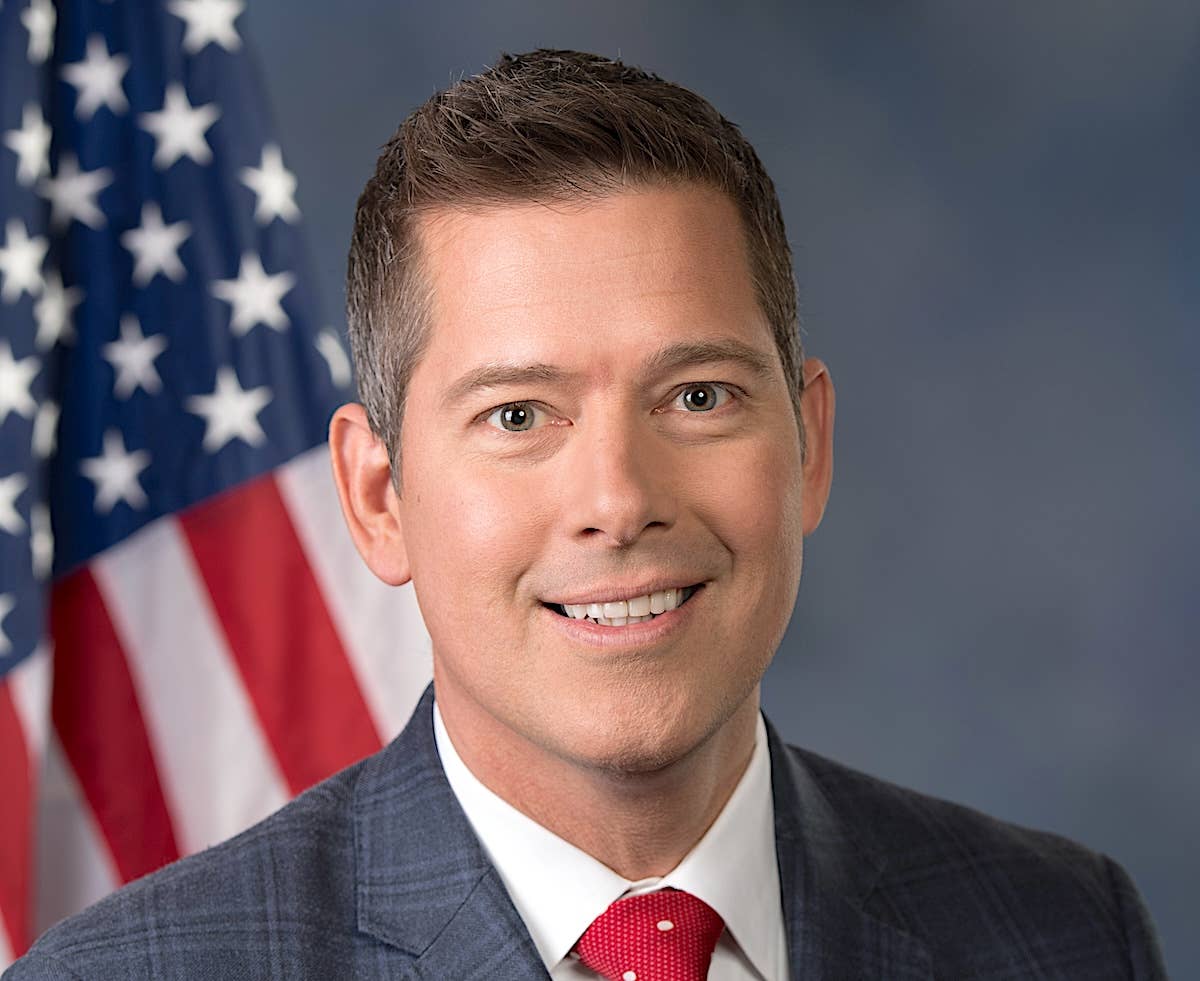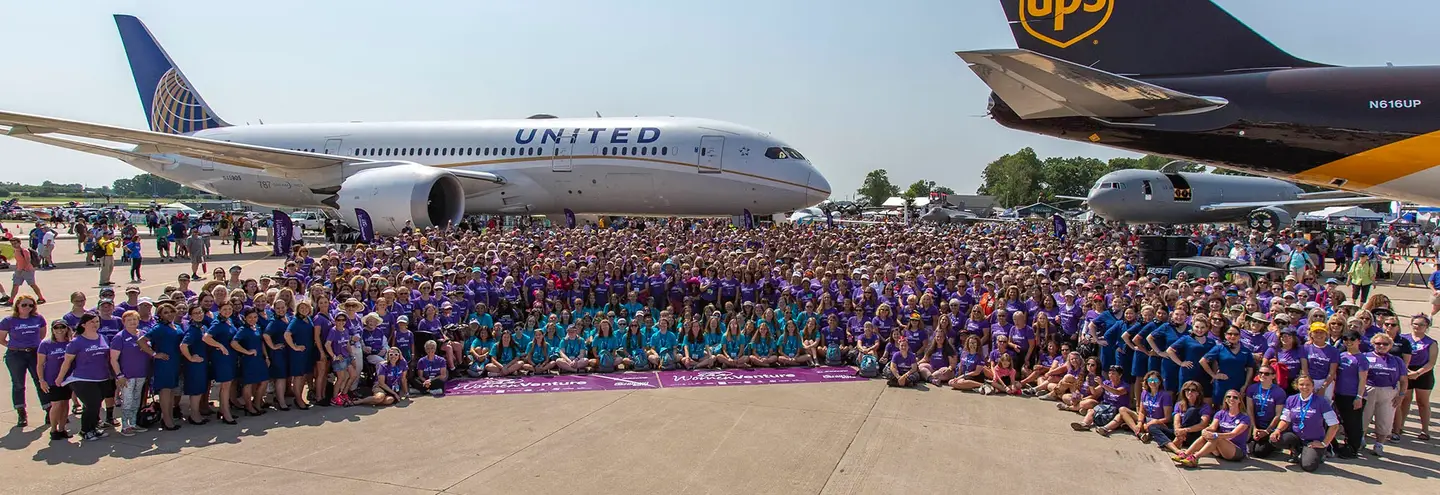Except for Helicopters. With Reward, Comes Risk
The weekend’s tragic Kobe Bryant accident reminds us that helicopter rules allow more risk. Special VFR doesn’t have to be one of them.

Airport traffic control tower in foggy weather
Crashes are crashes, but when one involves a major celebrity, as the Kobe Bryant accident did on Sunday, the daily press launches into frenzy mode. Audiences do their part by clicking on everything published and the resultant feedback loop can yield some pretty dodgy reporting. The need-to-know-right-now impetus sometimes puts reporters—even those with aviation expertise—in a knowledge deficit. Specifically, this headline from the Washington Post: Kobe Bryant’s Pilot Received Clearance to Fly in Poor Weather Before Crash. The lead on the story clarifies just one thing: The reporters and editors had not so much as vague understanding of what they were trying to explain.
They might have been shocked to learn that 100 airline crews in the 15 seconds it takes to read this sentence got clearances to fly in poor weather, too. There’s a distinction to be made having to do with graduated risk that’s difficult to convey to a lay audience with a short attention span and a predilection for black-and-white cognition.
The article was referring to the pilot’s use of special VFR with “special” chosen by the FAA probably because when it was formulated, no one could think of a better word, like conditional or limited. “Special” makes it sound elite, as though only certain people are allowed to have it. It’s an understandable error and one that’s not so misplaced, maybe. Did you remember that the “except for helicopters” phrase allows helicopters to use special VFR almost everywhere, including Class B and Class C, while us fixed-wing drudges are more limited? I didn’t. I had to refresh myself with a read of 91.157. (Appendix D lists the airports where fixed-wing SVFR isn’t allowed It's a long list.)
Have you ever used SVFR? Many pilots haven’t because unless there are peculiar constraints, an IFR clearance is just easier. I’ve bolted out of IMC airports a few times on a special when the subsequent scud run was an acceptable risk. Across Long Island Sound from Bridgeport to Islip comes to mind although why I thought it was a good idea at the time eludes me.
To fly under SVFR, the reported ground visibility has to be at least a mile—or flight vis the same if ground isn’t reported—and you have to remain clear of clouds. There’s no ceiling requirement. For night ops, the pilot has to be instrument rated and equipped and night or day, must request the clearance; ATC can’t suggest it. This allows for visual flight in some downright scuzzy conditions—say 800 and a mile. Except for helicopters. They don’t have the visibility requirement but just have to remain clear of clouds. Even scuzzier, potentially. With the reward comes risk and a tricky bit of it at that. When does fog become a cloud and how do you remain clear of it?
SVFR allows for graduated risk in decision making. If CAVU represents the least risk, IFR in VMC is perhaps a little less, IFR in IMC a little more and SVFR is a little more than that. This kind of fine-point aeronautical decision making is difficult to explain to non-aviation people and even some pilots aren’t entirely comfortable with it. But it exists for a reason and is there for the using.
In the case of the Bryant crash, when the pilot initially called to transition SVFR from Santa Ana through the Burbank Class C airspace, ATC spun him for 15 minutes while it sorted out some IFR traffic, just as it’s required to do. SVFRs aren’t supposed to delay IFR traffic. When the helicopter finally transitioned Burbank into the Van Nuys Class D, the airport was reporting visibility 2.5 miles and 1100 feet. That’s just a half mile less than basic VFR for Class D and weather I’d certainly consider for SVFR. I suspect many helicopter pilots would as well.
Evidently, however, the higher terrain to the northwest was obscured by cloud and I’m sure that’s what the NTSB will be focusing on first if not in order. As pilots, we owe it to ourselves to tune out the noise surrounding SVFR as some kind of risky decision of itself. It isn’t. Nor should this accident discourage you from using it when appropriate, or at the very least, understanding it well enough.
Crashes involving high-profile celebrities like Kobe Bryant tend to be resonant for a long time and far beyond their actual importance to air safety. They can attract unwanted regulatory scrutiny when the political class gets involved and wishes to appear to be doing something about it. We can only hold our breath.
On the other hand, irrespective of regulations, of fault, of pilot judgment, they can also serve to illuminate—for the umpteenth time—risks we may not have thought about for a while. Or ever. VFR into IMC or CFIT, either of which this S-76 crash may very well be, continues to kill in GA. If that turns out to be true, with nine dead, it will be one of the worst such accidents in years.
Recalling the horrible Reba McEntire band crash in March 1991, that accident didn’t change the system, nor did it result in new regulation. But it revealed a yawning gap in a pilot’s ignorance of departure procedures and terrain awareness. Not to mention a misfire in FAA oversight. The aircraft’s owner insisted it was a Part 91 sales demo flight while the tour operator running the flight said it was a revenue flight. Had it been conducted as the latter, the accident might never have happened. I’m sure the NSTB will consider that, too, as we all should.






